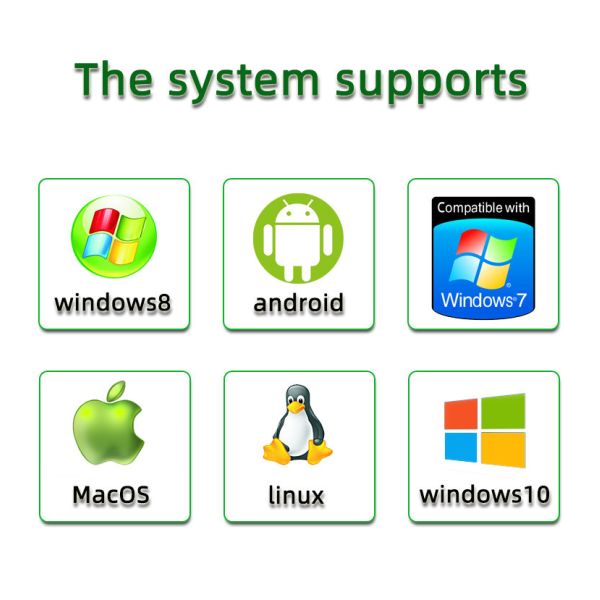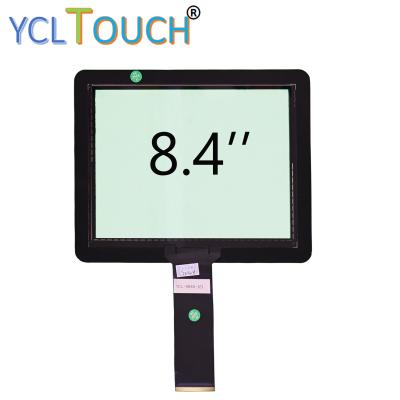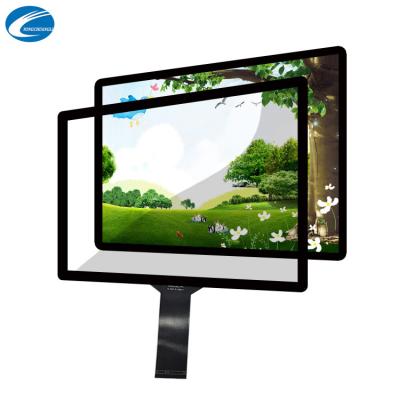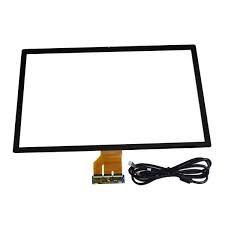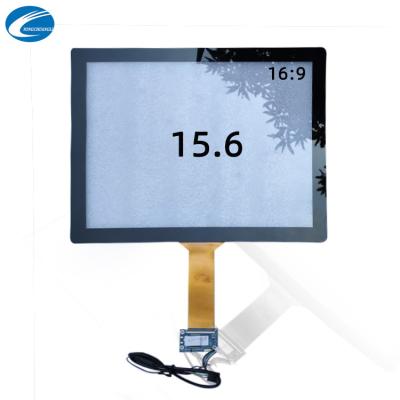Apparel & Textile Machinery
(75900)
Building Material Machinery
(55852)
Cleaning Equipment
(104054)
Electronics Production Machinery
(39881)
Energy & Mineral Equipment
(127869)
Engineering & Construction Machinery
(401378)
Environmental Machinery
(35590)
Food & Beverage Machinery
(97353)
Industrial Compressors & Parts
(28499)
Industrial Robots
(3603)
Industry Laser Equipment
(44115)
Machine Tool Equipment
(129643)
Machinery Accessories
(202994)
Machinery Service
(996)
Metal & Metallurgy Machinery
(69132)
Packaging Machine
(102444)
Paper Production Machinery
(29371)
Language
Français
Русский язык
Español
日本語
Português

Show all machinery categories
Apparel & Textile Machinery
(75900)
Building Material Machinery
(55852)
Cleaning Equipment
(104054)
Electronics Production Machinery
(39881)
Energy & Mineral Equipment
(127869)
Engineering & Construction Machinery
(401378)
Environmental Machinery
(35590)
Food & Beverage Machinery
(97353)
Industrial Compressors & Parts
(28499)
Industrial Robots
(3603)
Industry Laser Equipment
(44115)
Machine Tool Equipment
(129643)
Machinery Accessories
(202994)
Machinery Service
(996)
Metal & Metallurgy Machinery
(69132)
Packaging Machine
(102444)
Paper Production Machinery
(29371)


 Projected Capacitive (PCap) touchscreens are used on the vast majority of smartphones and tablets. PCap screens consist of a layer of glass, a matrix of electrodes and a protective film. The matrix of electrodes creates a three dimensional electrostatic field that registers even the slightest change in electrical current. So, when a conductive object, such as your finger or a stylus, comes into contact with the matrix of electrodes, the electric field is changed slightly, and the screen registers your touch
Projected Capacitive (PCap) touchscreens are used on the vast majority of smartphones and tablets. PCap screens consist of a layer of glass, a matrix of electrodes and a protective film. The matrix of electrodes creates a three dimensional electrostatic field that registers even the slightest change in electrical current. So, when a conductive object, such as your finger or a stylus, comes into contact with the matrix of electrodes, the electric field is changed slightly, and the screen registers your touch



